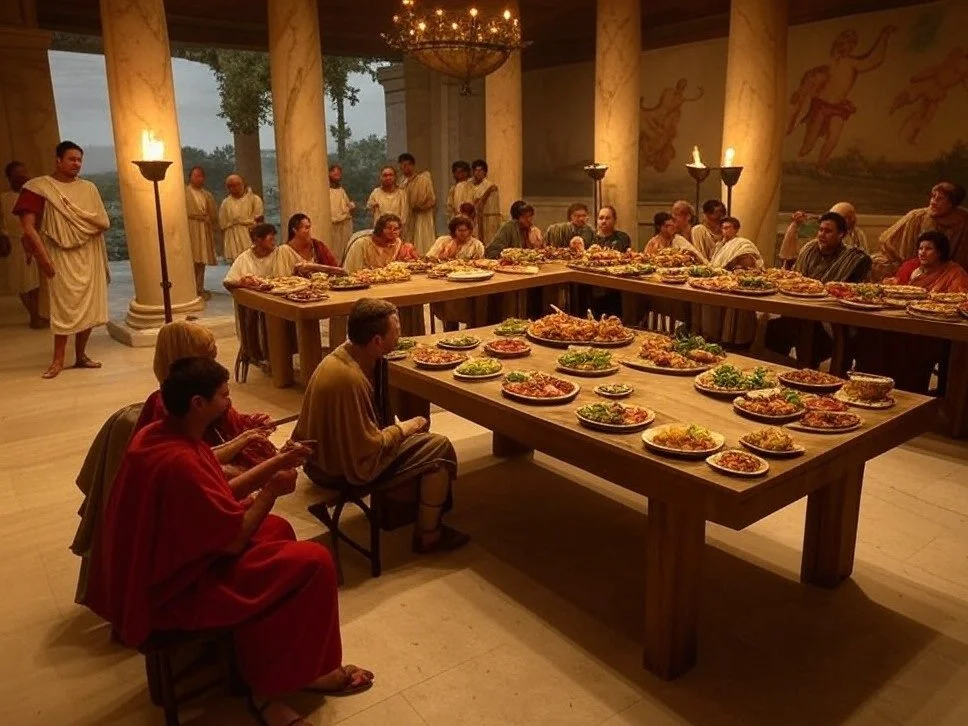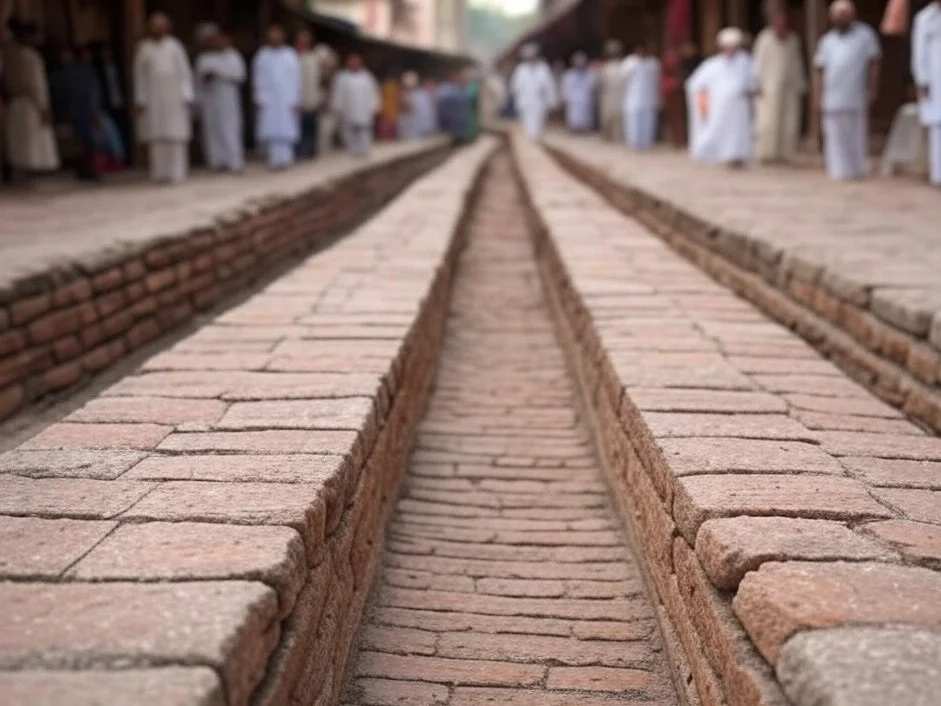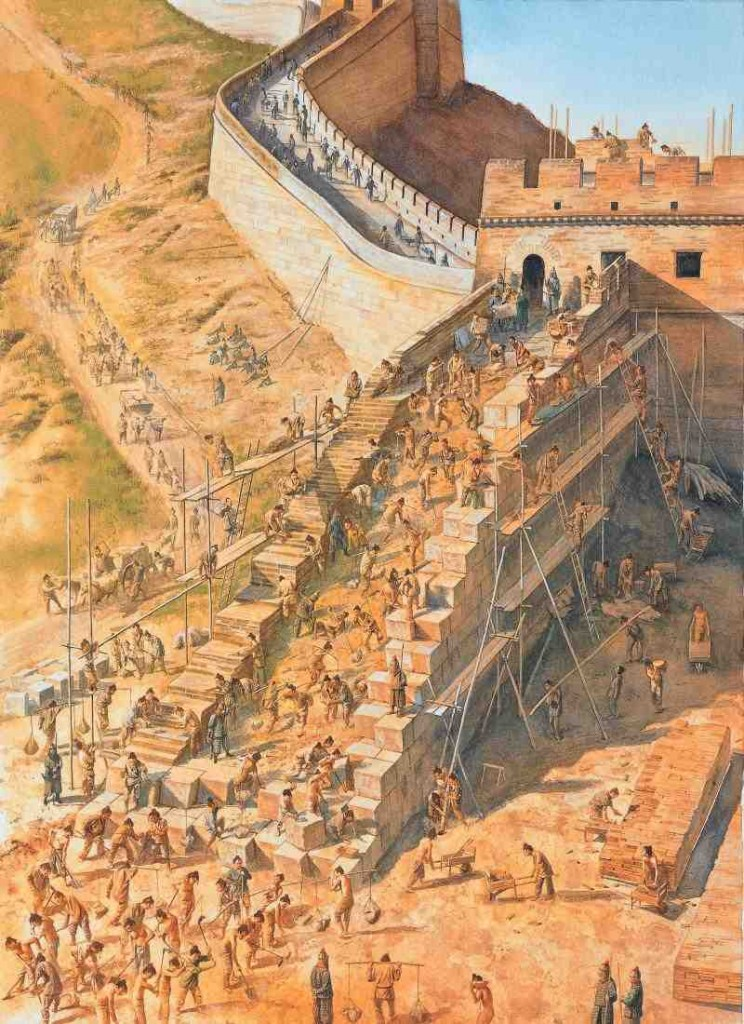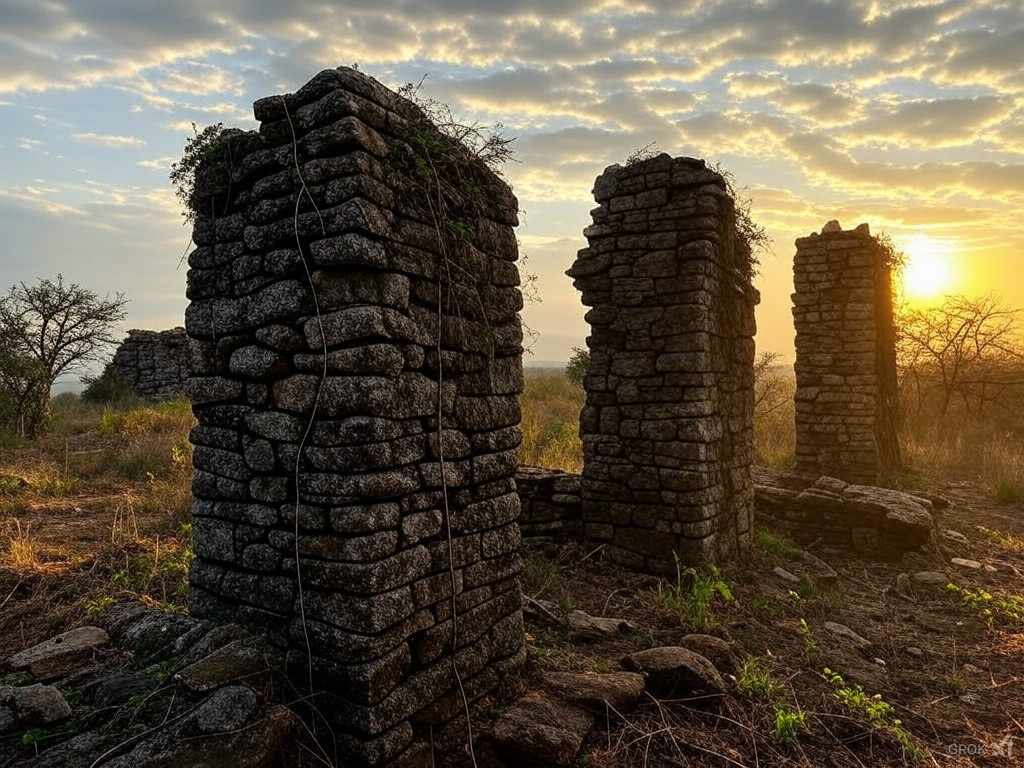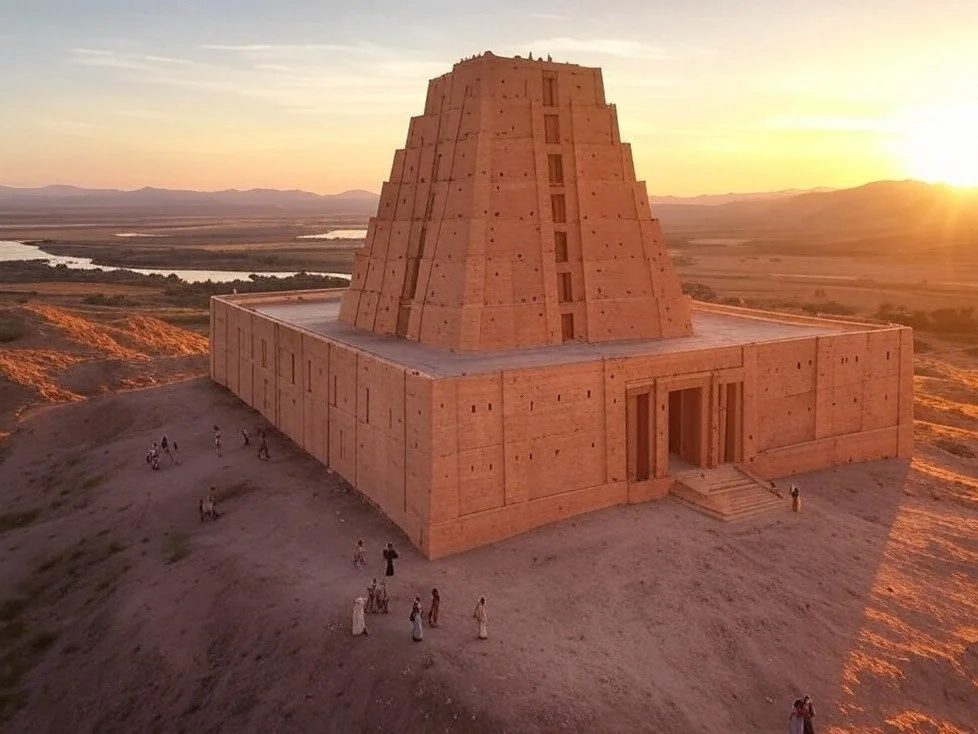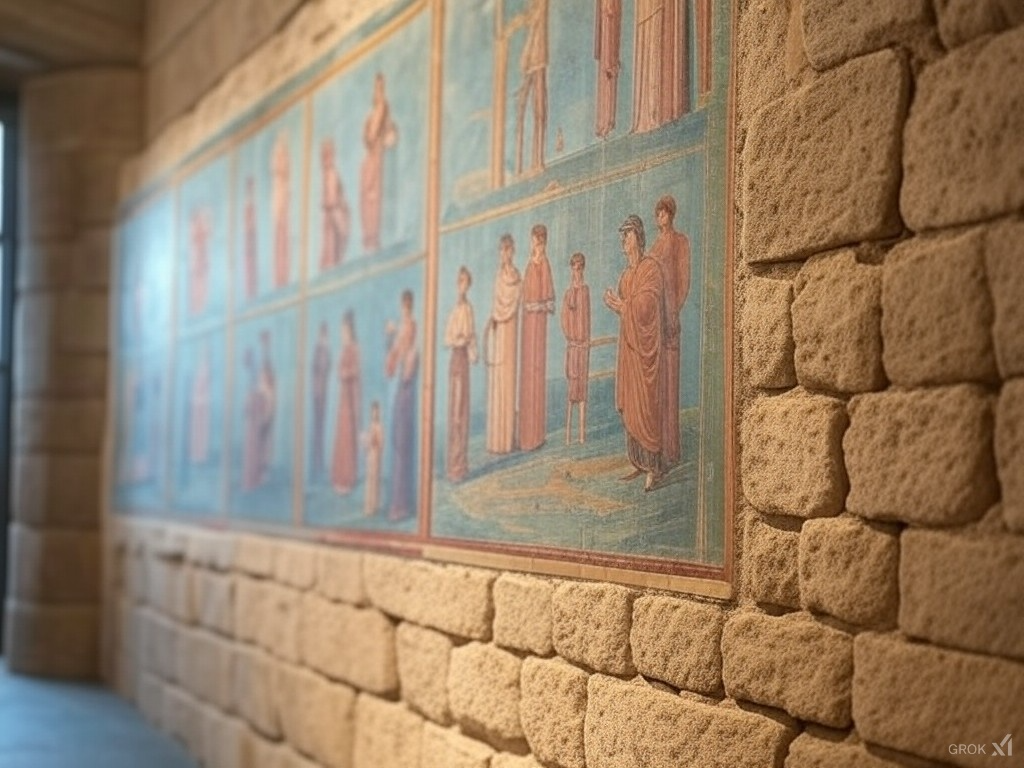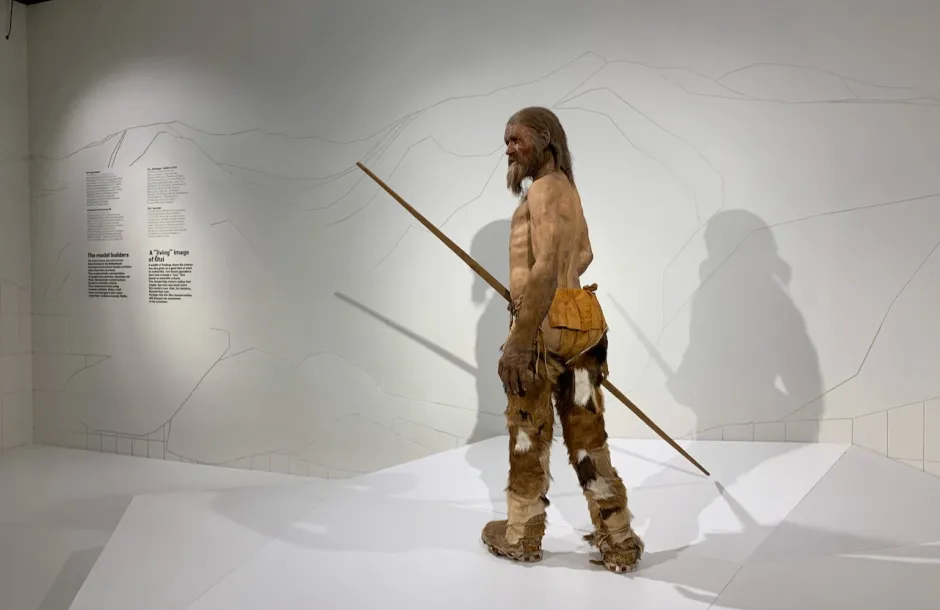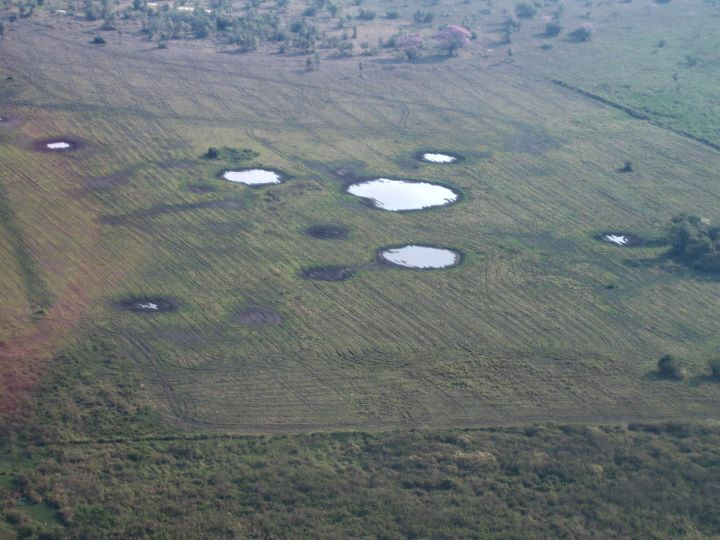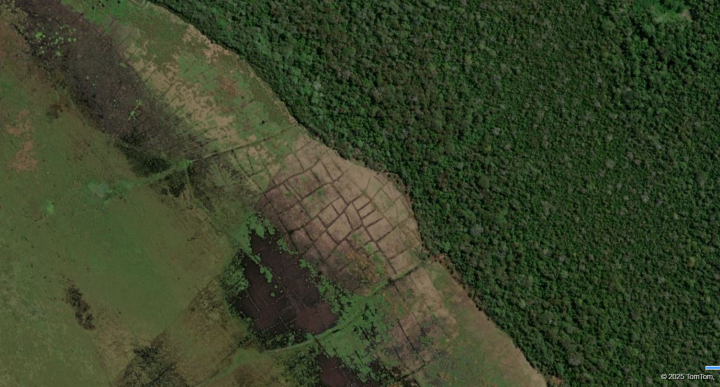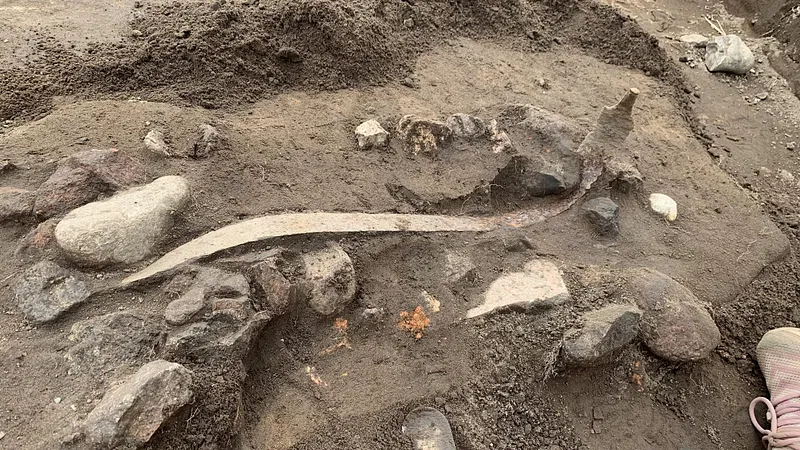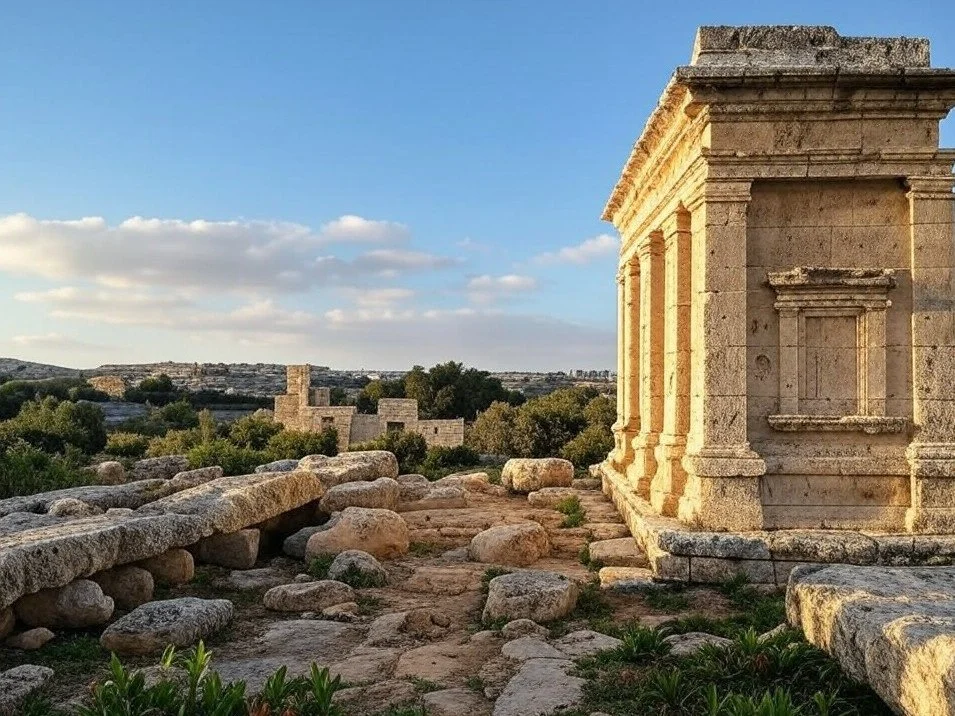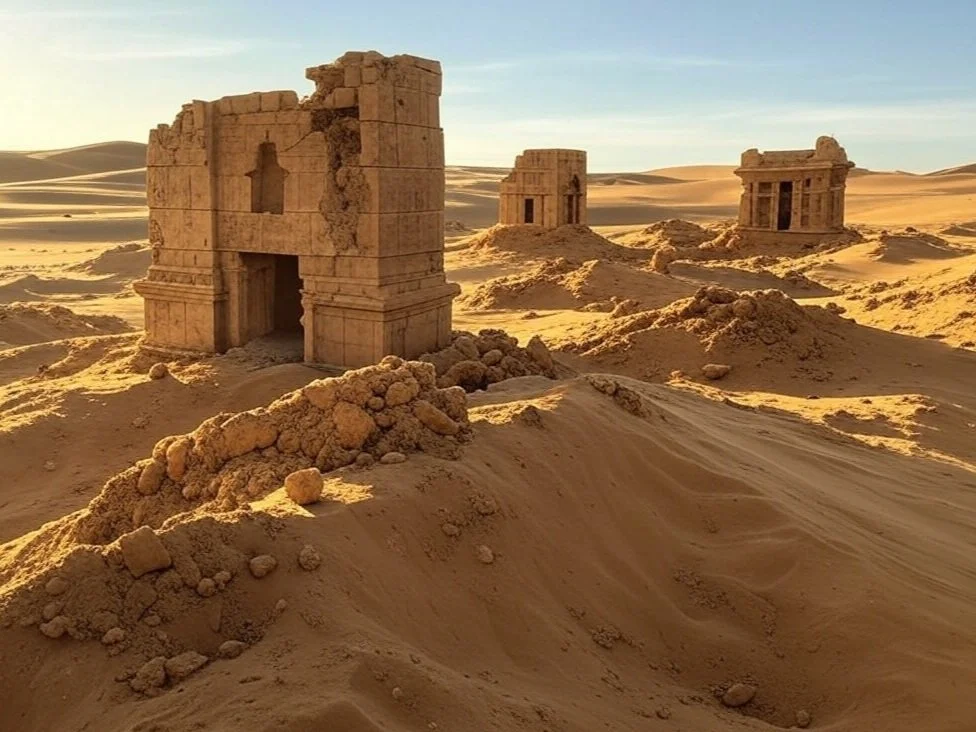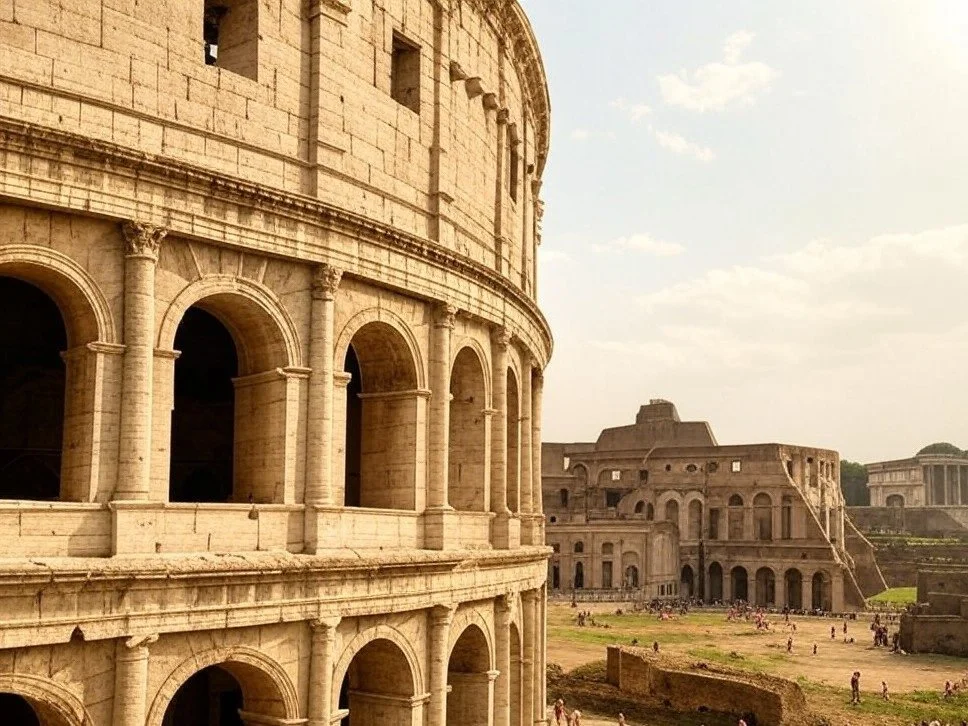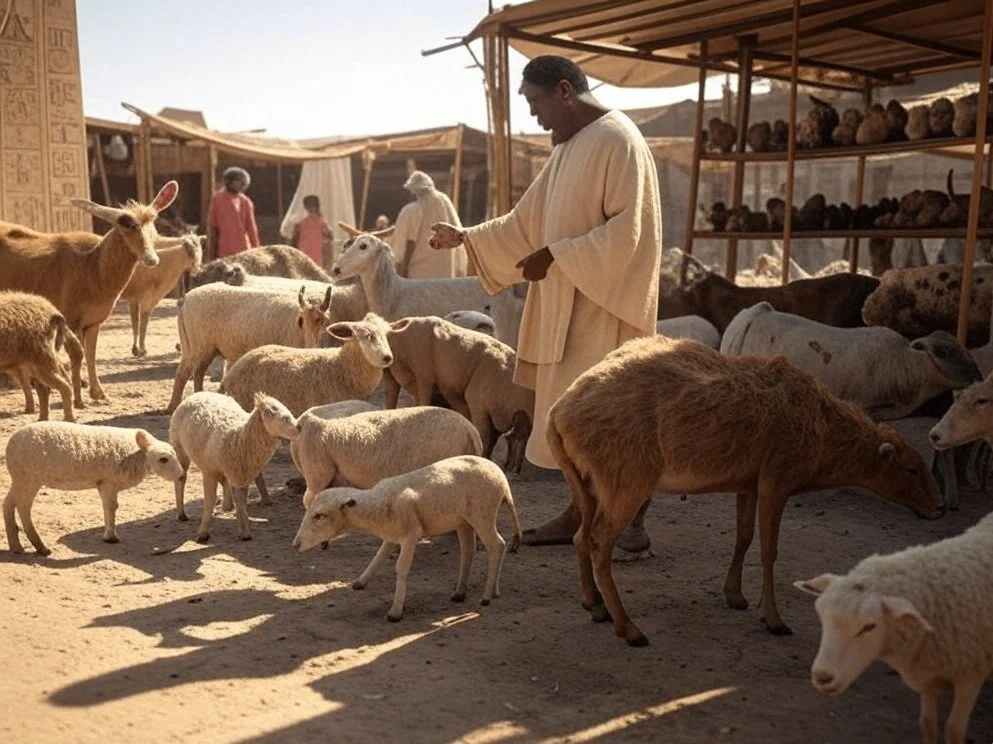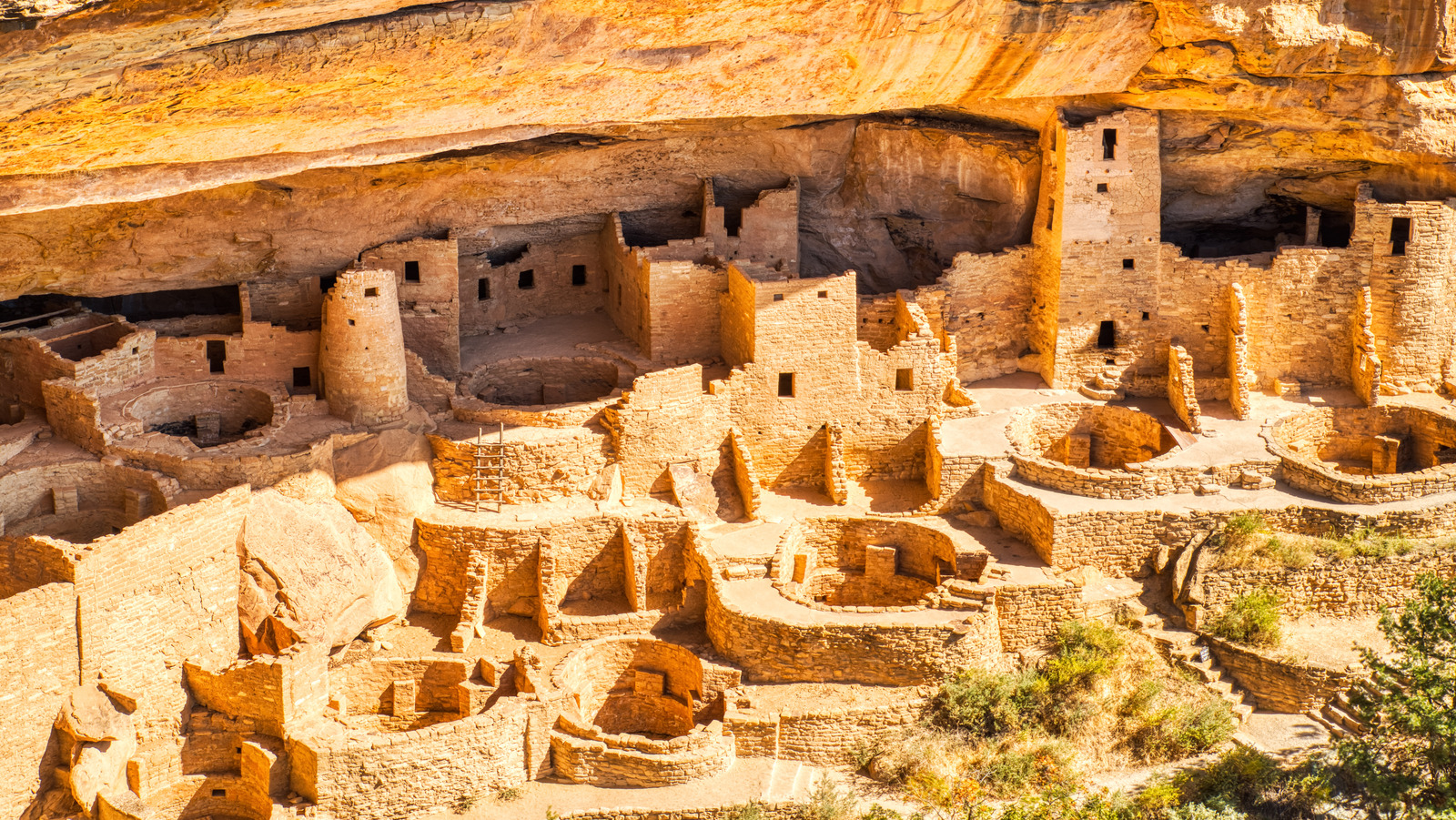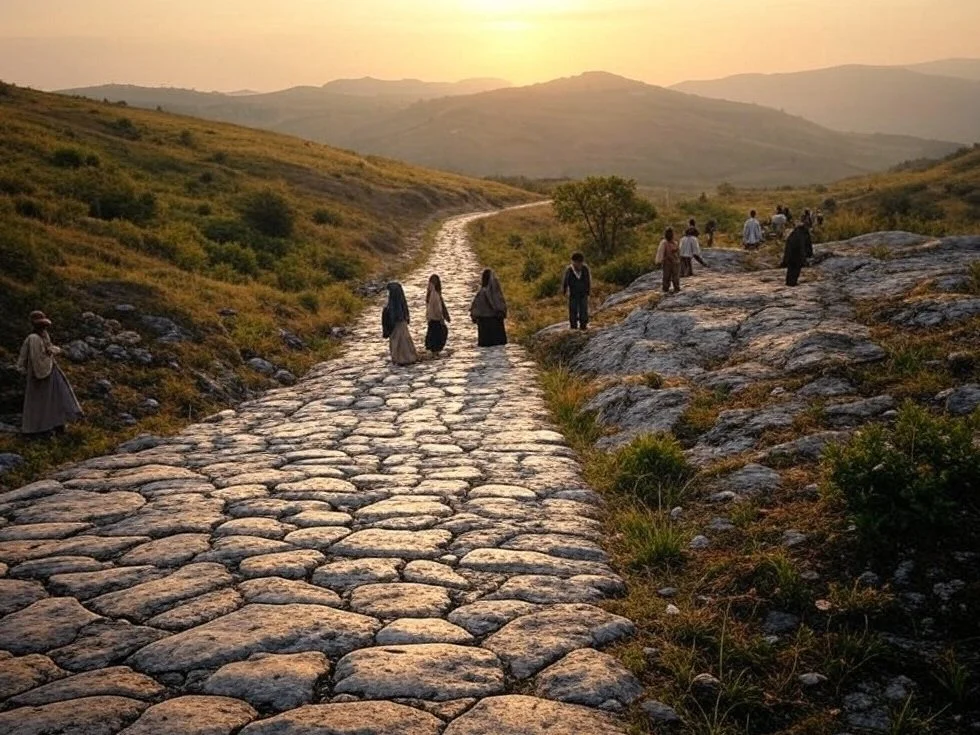Archaeological Evidence of Feasting
Archaeologists have uncovered extensive evidence of feasting in ancient societies, including large communal cooking areas, remains of food storage facilities, and artifacts such as elaborate serving vessels. Sites such as Göbekli Tepe in Turkey and Cahokia in North America provide clear indications that feasting played a crucial role in prehistoric and early historic cultures. These gatherings often included large quantities of animal bones, charred seeds, and pottery fragments, suggesting large-scale food preparation and consumption.
Feasting and Community Bonding
Feasting served as a powerful tool for fostering social cohesion. By bringing together different groups, these communal meals strengthened relationships within communities and reinforced shared cultural identities. In many cases, feasts accompanied significant life events such as weddings, funerals, and religious ceremonies, helping to create a sense of belonging and unity.
Social and Political Implications
Beyond social bonding, feasting often reflected and reinforced existing social hierarchies. In many ancient societies, the ability to host grand feasts demonstrated power and wealth. Rulers and elites used feasting as a means of political influence, distributing food and gifts to reinforce loyalty and establish dominance. The presence of luxury items, such as rare spices and imported goods, in feasting contexts highlights the connection between food consumption and social stratification.
Conclusion
The archaeological evidence of feasting reveals its significance beyond mere sustenance. It functioned as a key element in community building, religious practice, and political strategy. By examining these ancient gatherings, we gain valuable insights into the complex social structures of past civilizations.

